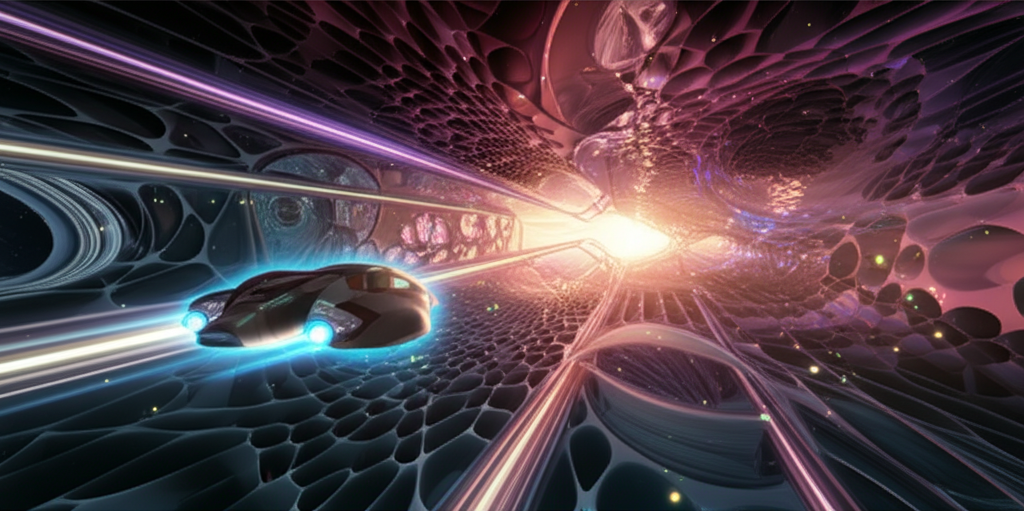Fusion-Powered Hypercars: Unlimited Clean Energy
Miniaturized fusion reactors are powering the next generation of hypercars, offering unlimited range and incredible performance with zero emissions.

The holy grail of clean energy has arrived in automotive form. Fusion-powered hypercars represent the convergence of unlimited energy and ultimate performance, creating vehicles that redefine what's possible on four wheels with the power of stars themselves.
The breakthrough in automotive fusion power came through miniaturization of tokamak reactor technology. Modern fusion cores are no larger than a conventional engine block, yet they generate megawatts of clean energy using advanced magnetic confinement at temperatures exceeding 100 million degrees Celsius.
Fusion-powered vehicles use deuterium and tritium as fuel - isotopes that can be extracted from ordinary seawater. A single liter of seawater contains enough fusion fuel to power a hypercar for thousands of miles, with onboard systems processing any water source automatically.
With fusion power, range anxiety becomes obsolete. Fusion-powered hypercars can operate continuously for months without refueling, limited only by the availability of water for fuel processing. The energy density is millions of times greater than gasoline or batteries.
Fusion power enables performance figures that seemed impossible with conventional propulsion. Instant torque delivery from electric motors powered by fusion reactors provides acceleration that defies physics, with zero-to-sixty times under one second becoming achievable.
Fusion reactions produce only helium as a byproduct - a completely harmless noble gas. Advanced atmospheric processors in fusion hypercars actually clean the air as they drive, removing pollutants and converting them into harmless compounds.
Despite containing fusion reactors, these vehicles are remarkably safe. The fusion reaction requires precise conditions to maintain - any disruption immediately stops the reaction without dangerous consequences. Multiple containment systems ensure reactor security even in severe accidents.
Fusion hypercars incorporate advanced regenerative systems that capture and reuse energy from braking, aerodynamic drag, and even ambient heat. These systems can actually generate more energy than the vehicle consumes during normal driving.
The extreme conditions within fusion reactors require materials that didn't exist a decade ago. Fusion hypercars use carbon nanotube composites, graphene-enhanced metals, and ceramic superconductors, making them incredibly light yet stronger than steel.
While initially expensive, fusion hypercars promise to revolutionize transportation economics. The elimination of fuel costs and minimal maintenance requirements make long-term ownership extremely economical, eventually scaling to all vehicle types from economy cars to commercial trucks.
Related Articles

Quantum Engine Revolution: The 2030 Transportation Breakthrough
Discover how quantum mechanics is revolutionizing engine technology, promising unprecedented efficiency and zero-emission transportation solutions.

Quantum Foam Navigation: Traveling Through Spacetime's Smallest Structures
Revolutionary quantum foam manipulation technology enables vehicles to navigate through the fundamental fabric of spacetime itself, accessing transportation networks at the Planck scale.

Psychic Resonance Vehicles: Transportation Through Mental Telepathy
Revolutionary psychic amplification technology creates vehicles that respond to telepathic commands and connect minds across vast distances through quantum consciousness networks.